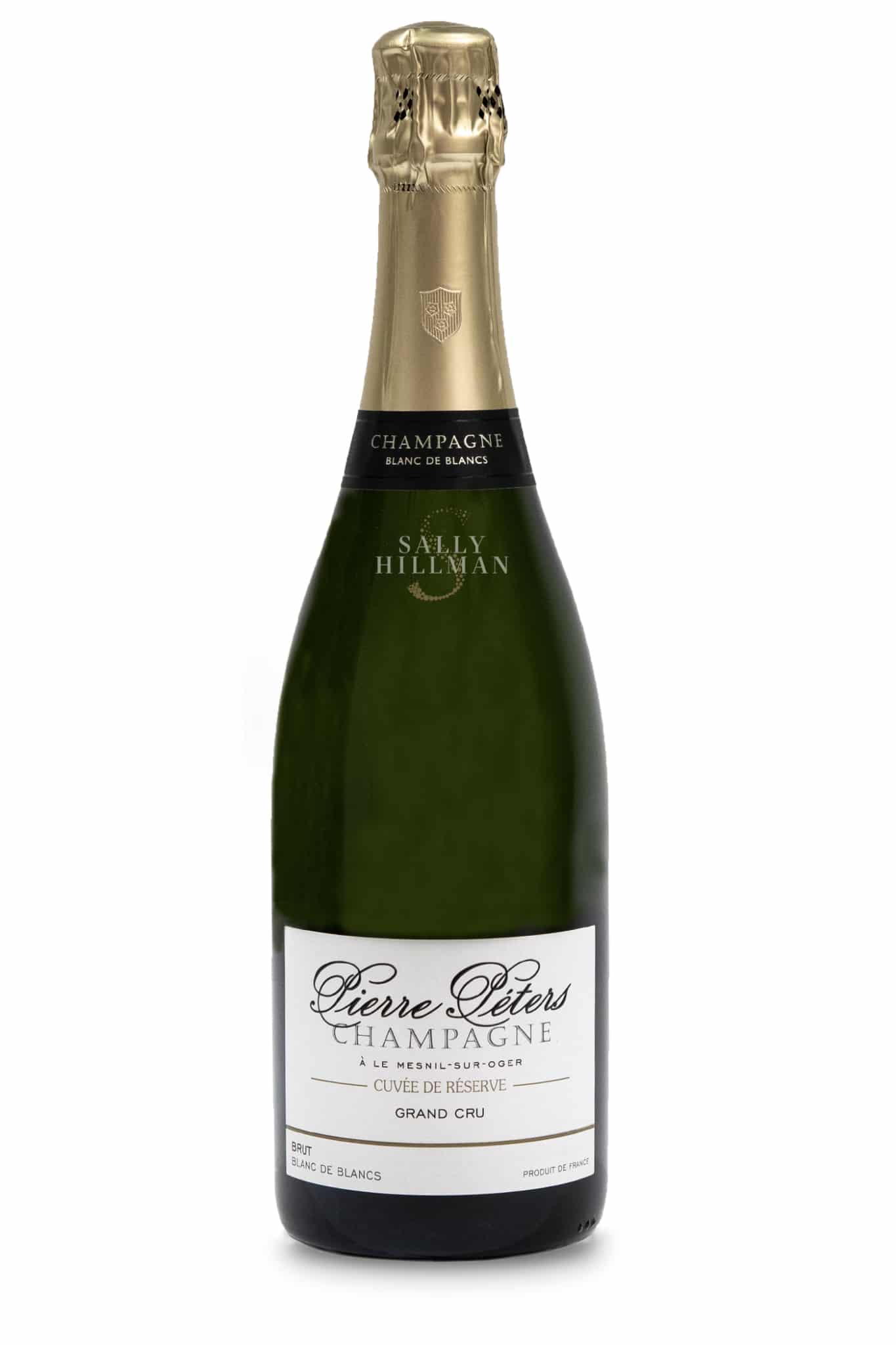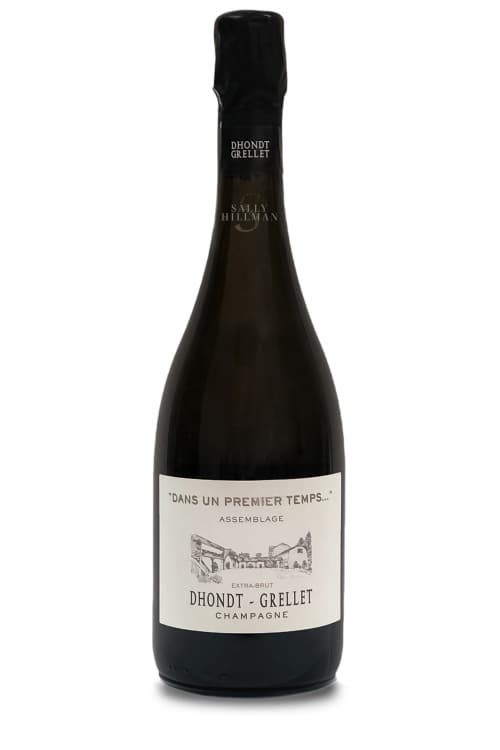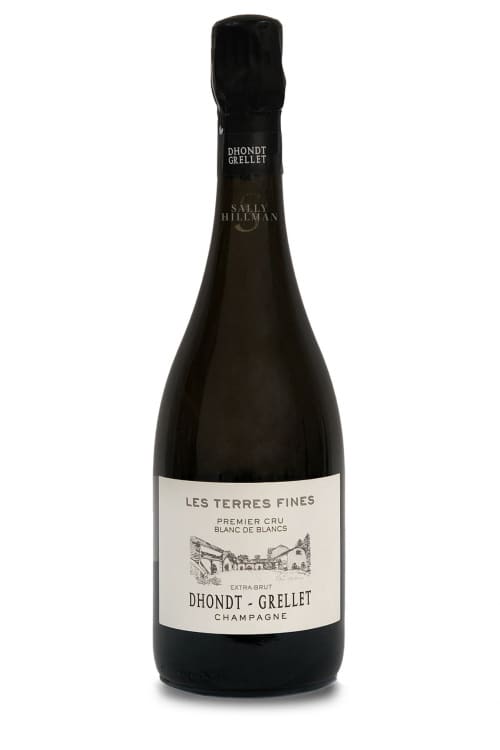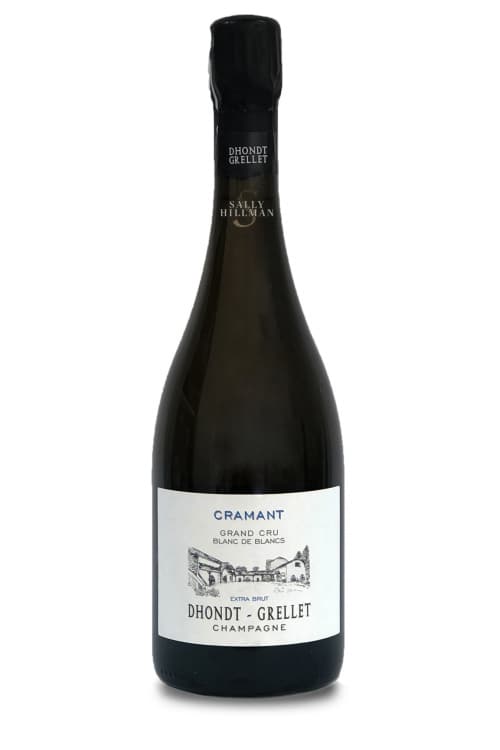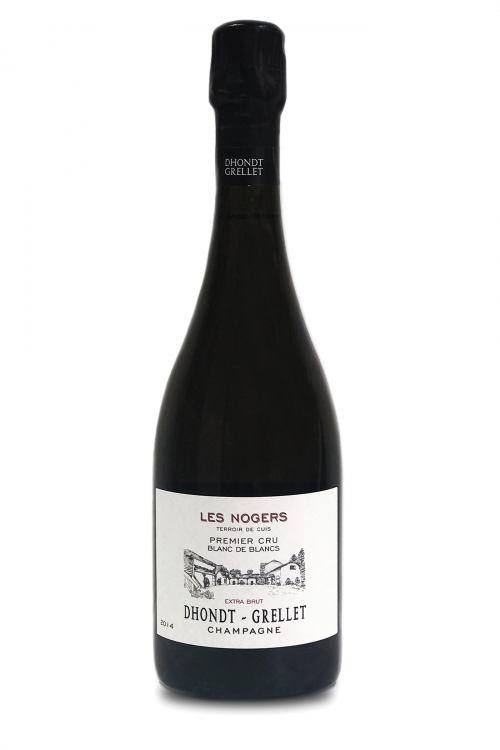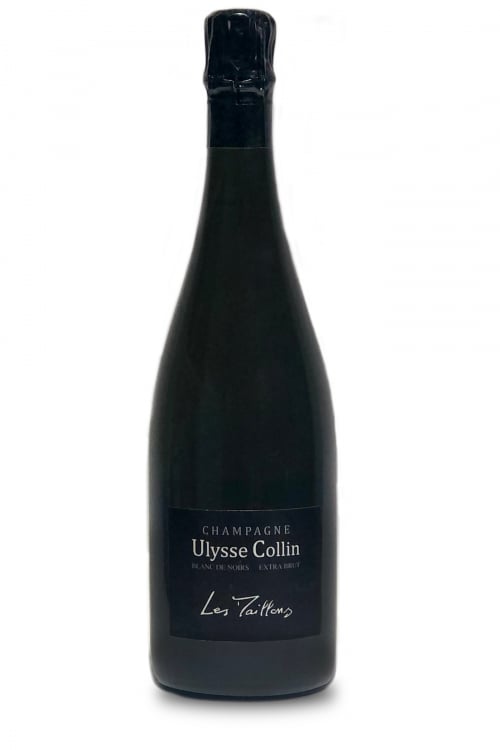To view this content become a member of Australia’s first and foremost Grower Champagne Club and immerse yourself in the world of finely crafted champagne.
Annual
$75 per year
($6.25 per month)
$75 per year
($6.25 per month)
Monthly
$8 per month
$8 per month
Annual
$75 per year
($6.25 per month)
$75 per year
($6.25 per month)
Subscribers will enjoy unlimited online access to our:
- extensive library of House biographies (40+ grower producer Houses)
- comprehensive champagne tasting notes (food matches, glassware recommendations and much more!)
- Le Journal articles
- educational content
- appellation cartography
- monthly champagne and lifestyle newsletter
Monthly
$8 per month
$8 per month
Subscribers will enjoy unlimited online access to our:
- extensive library of House biographies (40+ grower producer Houses)
- comprehensive champagne tasting notes (food matches, glassware recommendations and much more!)
- Le Journal articles
- educational content
- appellation cartography
- monthly champagne and lifestyle newsletter
